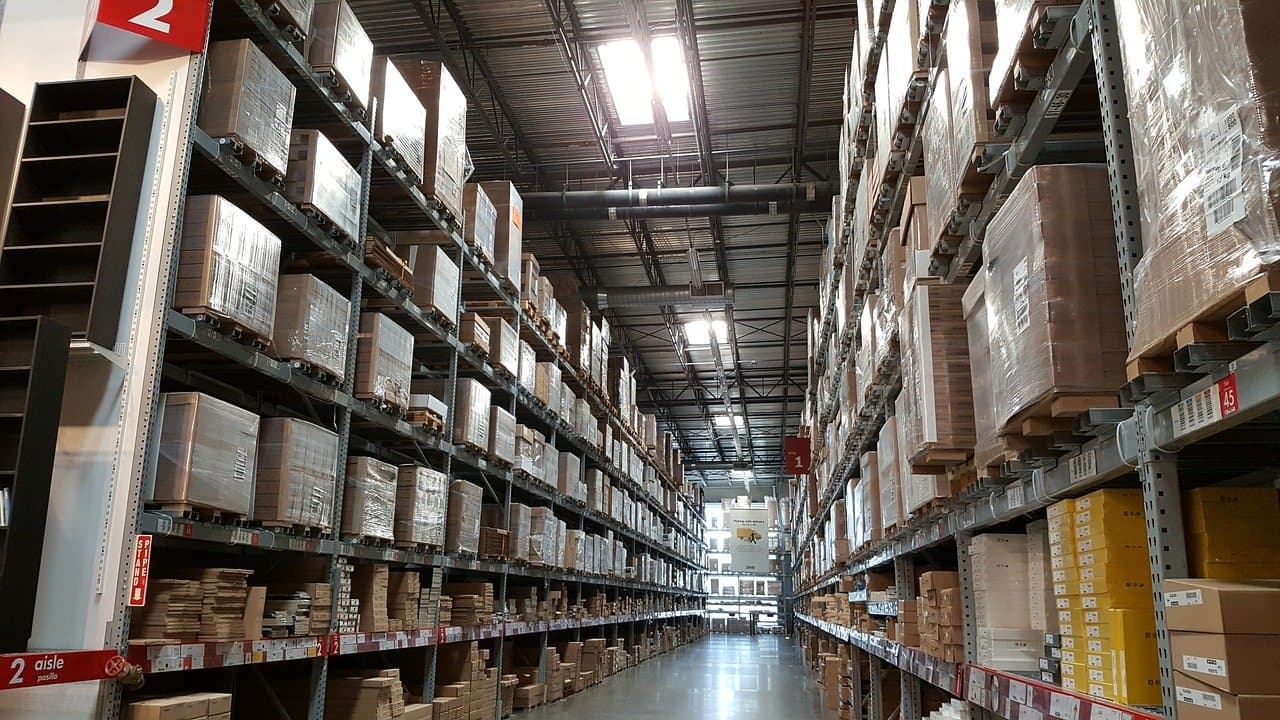
Working through Reliable WMS Implementation in NetSuite
There are several factors to consider while looking at a reliable WMS implementation in NetSuite, which might seem overwhelming. The repercussions of issues with a NetSuite warehouse management system can be expensive if you stray from your timeframe, find a blocker, or select the incorrect course of action.
We’ve spent over 17 years installing, developing, and teaching businesses to use NetSuite, and throughout that time, we’ve learned a lot about what it takes to launch a cloud-based system. Importantly, we used that knowledge to change the way we implemented our NetSuite native WMS system.
 How to Select the Right System?
How to Select the Right System?
There are several options to choose from when picking a WMS. If you already have an ERP system, it may build the WMS capability into it, or you may utilise a separate WMS package. The selection of WMS for businesses that employ best-of-breed solutions will mirror the needs of your warehouse operations.
Businesses in the early phases of digitisation and automation anticipate the following outcomes from the implementation of a WMS:
- Gaining in-depth knowledge of ongoing supply operations.
- Real-time visibility of inventory levels and movement.
- Increasing the efficiency of order selecting and dispatching operations.
- Lowering the mistake rate during order fulfilment.
How We Approach it?
We focused most of our NetSuite rollout labour on data paperwork. Data migration from several current legacy systems into a single coherent ERP (Enterprise Resource Planning) or CRM (Customer Relationship Management) solution, followed by system configuration to integrate with the company’s procedures. The teams are currently going over the procedures after completing the information that had to be presented to users and clients.
Starting from scratch is how a WMS is implemented. The most crucial action is to take an operations team member on a tour of your warehouse. This person should be able to communicate with the operations team members and understand how they operate, the goals they are attempting to achieve, and any potential for increased productivity. Having a translator makes it more likely that the project will receive support, and it also makes it more likely that what is occurring on the shop floor will be understood.
Engaging with the Finance department taught us the value of this strategy in ERP installations. To discuss their needs with someone who performs accounting work daily, the Chief Financial Officer (CFO) or finance management frequently requested to talk with a trained accountant. Although our team had extensive knowledge of finance systems and the functionality they offered. This gap occasionally required the CFO to translate our responses into their context. Looking back, you can see their frustration at not being understood. They then had to work through and gain the knowledge to get the outcomes they needed from the system.
Specialists in the warehousing and supply chain management fields with a combined experience of up to 30 years make up our team of warehouse implementation consultants. Our group of NetSuite specialists, who have been working on the platform since 2005, helps them.
If you would like to learn more about how Cloud Coders can improve your Warehouse Management processes, then please get in touch. We’d be happy to take you through the most viable solution to determine where it will benefit your business and give a great return on investment for implementing your warehouse management solution.



 How to Select the Right System?
How to Select the Right System?